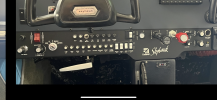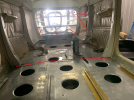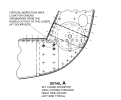StraightnLevel
Line Up and Wait
- Joined
- Dec 8, 2023
- Messages
- 686
- Display Name
Display name:
StraightnLevel
As I'm starting to look at planes, it's clear that my budget drops me into a fairly wide range of options, and they range from flight-ready to....ahem....opportunities for improvement. Trouble is, I don't really know how to price the restoration work to get an idea of what the all-in, ready-to-fly investment would be. How do you compare a fully-restored example from one that is airworthy, but looks like it hasn't been touched in my lifetime? So:
What does it generally cost to re-paint a small GA aircraft? What drives that price up or down?
What about interior? To do a full restoration, i.e., carpet, seats, interior panels? What are the price drivers here?
What about a full re-instrument job? I think I know what a couple of G5s would cost, but how much is it if you're pulling out original steam gauges and going full glass, say a G1000? Yes, I can find the list price for the electronics and STC, but how much should I budget for a new panel and installation, worst case?
What does it generally cost to re-paint a small GA aircraft? What drives that price up or down?
What about interior? To do a full restoration, i.e., carpet, seats, interior panels? What are the price drivers here?
What about a full re-instrument job? I think I know what a couple of G5s would cost, but how much is it if you're pulling out original steam gauges and going full glass, say a G1000? Yes, I can find the list price for the electronics and STC, but how much should I budget for a new panel and installation, worst case?







